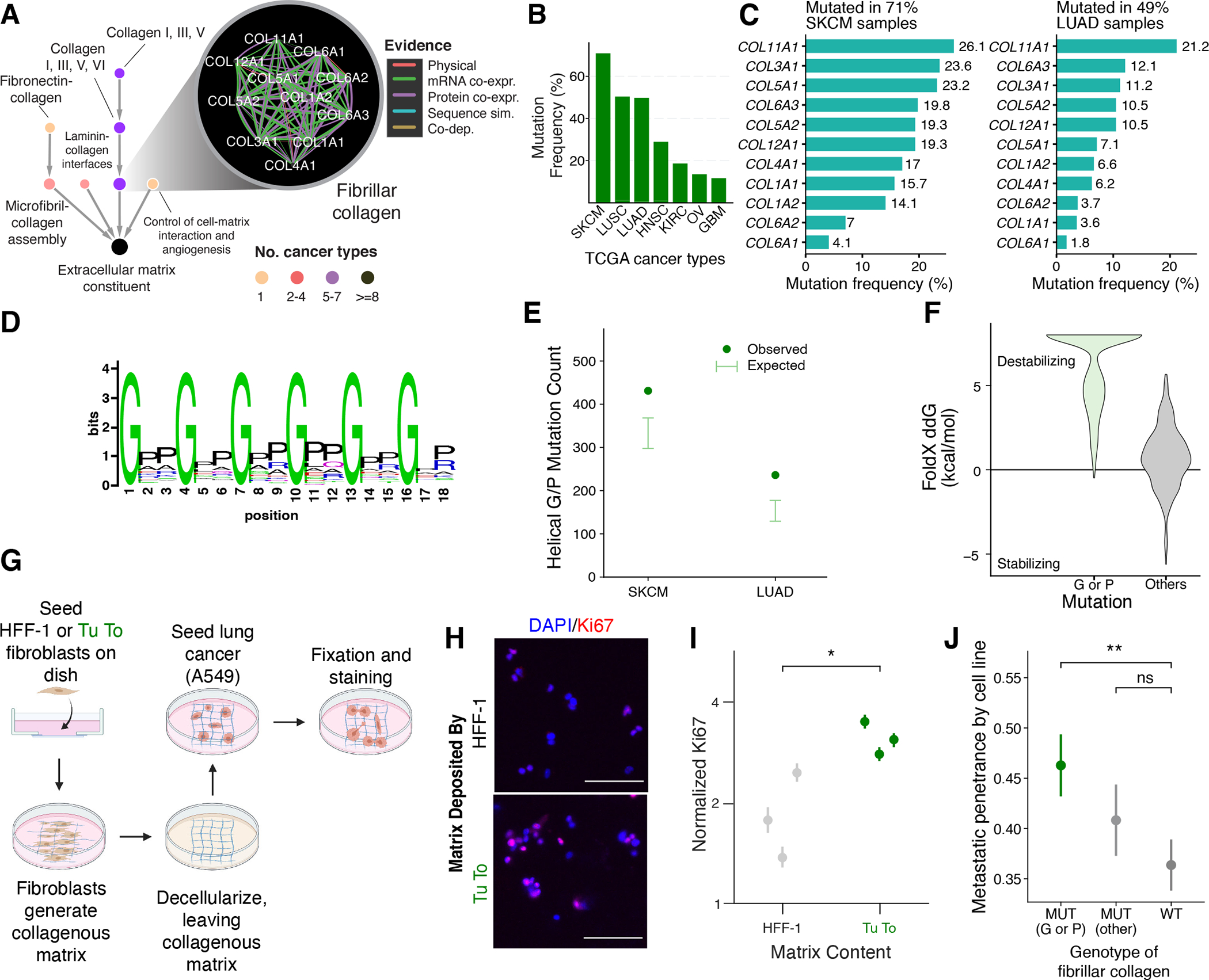Fig. 6. Destabilizing mutations in collagen systems promote tumor progression.

(A) Interactions defining the fibrillar collagen system and the context of this system in the NeST hierarchy. (B) Mutation frequencies of this system across TCGA tumor cohorts in which the system was identified by HiSig. (C) Mutation frequencies per collagen protein in TCGA melanoma (SKCM) and lung adenocarcinoma (LUAD) cohorts. (D) Amino-acid sequence tendency of the collagen triple-helix repeats. Image created based on the PFAM domain PF01391. (E) dN/dS analysis of collagen mutations in SKCM and LUAD cohorts. Error bars represent 95% confidence intervals based on a binomial distribution according to the background mutation rates of collagen genes. (F) Protein stability change upon point mutations on the Glycine/Proline positions (G/P) versus other positions in the triple-helix repeats, predicted by FoldX 5.0 (Materials and Methods) (88). (G) Schematic of matrix-deposition assay. (H) Immunofluorescence images of A549 cells on matrix deposited by the indicated cell lines. Scale bars: 100μm. (I) Quantification of immunofluorescence across three biological replicates (points) for each condition. Error bars indicate 95% confidence intervals. For HFF-1, N = 445, 860, 774; for Tu To, N = 2316, 2114, 1810. *: P < 0.05 by one-tailed Student’s T Test. (J) Associations between fibrillar collagen mutation status and the metastatic penetrance of cancer cell lines (87) (N = 146, 123, 219), assessed by Wilcoxon rank sum test *: P < 0.05; **: P < 0.01; ns: not significant.
